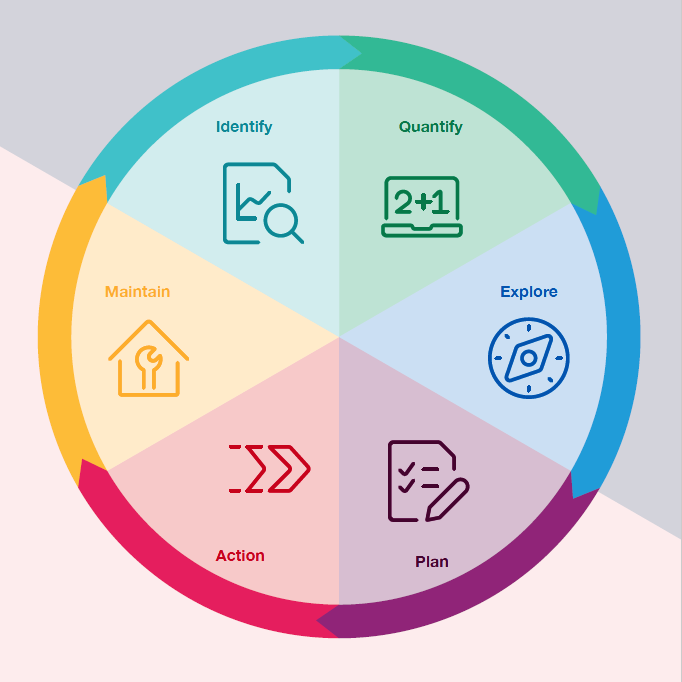High value care in hospitals and health services
Why the research project is important
It has been estimated that 10 to 30 percent of healthcare worldwide is wasteful, of little or no value, or harmful to patients. Using scarce resources to deliver low value care is an important health system concern, as resources used for that care could be allocated to care associated with greater benefit.
What the research seeks to do
- Explore the value of care and how and why low value of care happens in major public hospitals.
- Design processes to identify and address the value of care.
- Develop a conceptual theory and process to guide policy, research and clinical practice.
What are the research outcomes/ impact
The project resulted in the development of a process and conceptual theory for moving towards higher value care in major public hospitals based on interviews with 40 hospital staff. This process can assist staff and researchers to identify and improve the value of care provided, prevent unnecessary hospital care, and assist timely and appropriate discharge. Clinical recommendations derived from the interviews covered fostering critical thinking, feedback at all levels of the hospital system, and devising innovative ways of working involving teams.
A toolkit has been developed in partnership with Health Translation Queensland to support staff in hospitals and health services to optimise the value of care provided to patients. The free toolkit includes multiple strategies and key questions clinical teams can ask themselves to identify the value of care, encompassing clinical scenarios, time and cost mapping tools, and resources to support behaviour change.
The findings highlighted the need to address factors influencing implementation at multiple levels of the health system. A review of evidence indicated multi-component interventions that appropriately address the complexity of clinical environments are likely to be more effective than single component interventions (primarily addressing one main element, for example, awareness of clinical guidelines).
Funding Body
This project was supported by funding from the Australian Government under the Medical Research Future Fund.



